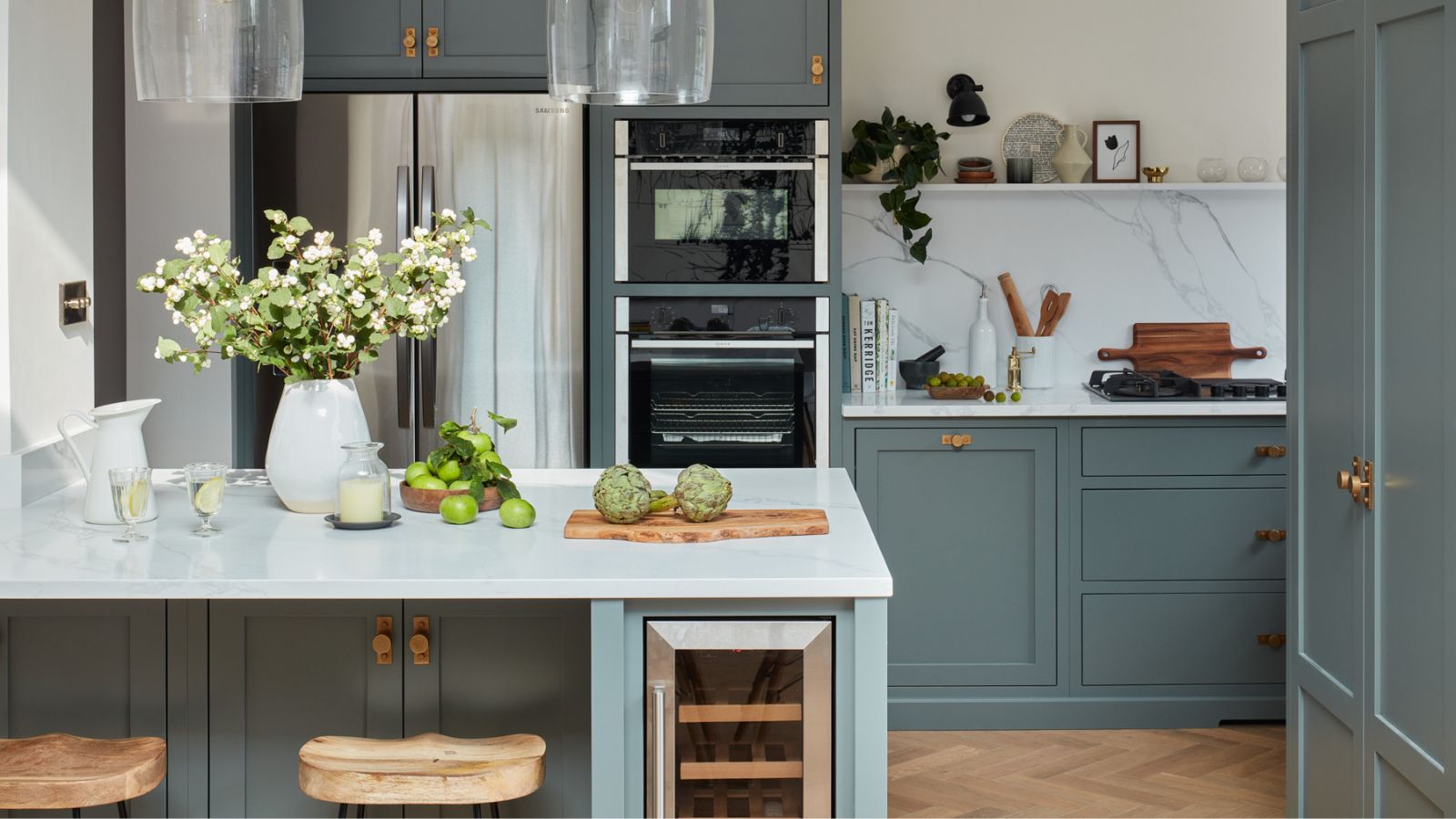
I am always on the hunt for ways to be a little more sustainable and cut out toxins from my home, and nowhere is this more prevalent than in my kitchen.
That is why I quit using plastic wrap years ago and opted for silicone food storage swaps instead. Not only do they cut down on plastics, helping to protect my health and reduce waste, but my food stays fresher for longer, and I save money in the long term, too.
From silicone wraps to plastic bag alternatives, these sustainable silicone swaps are my best secret to creating a non-toxic home.
Silicone food storage swaps
I am a big advocate for buying a more expensive, longer-lasting product once rather than constantly spending on the cheaper, single-use alternative.
I do it all over my home, from swapping paper towels to microfiber cloths from Walmart, alternative personal hygiene products, and, most notably, my food storage ideas to reduce food waste.
I now swear by silicone food bags over plastic bags, and silicone stretch bowl lids instead of plastic wrap, alongside glass food storage, similar to this Rubbermaid Glass Food Storage Set, from Target.
The best bit? These silicone solutions are easy to clean (I just add them to the pile when handwashing dishes) and reuse them over and over again. They are often one of the many things you can clean in a dishwasher, too – but always check the manufacturer's instructions on your silicone products first to be safe.

Made from 100% food-grade PEVA material, these reusable freezer bags are free of BPA, PVC, latex, lead, and phthalates.
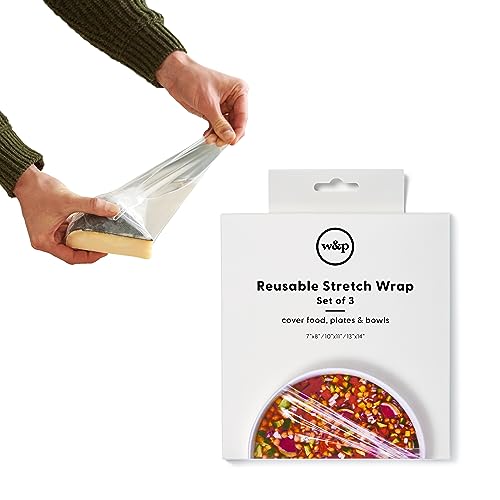
This BPA free stretch silicone wrap acts like normal plastic wrap, but is washable and reusable, and doesn't risk microplastic contamination. It is dishwasher, microwave, and freezer safe, too.
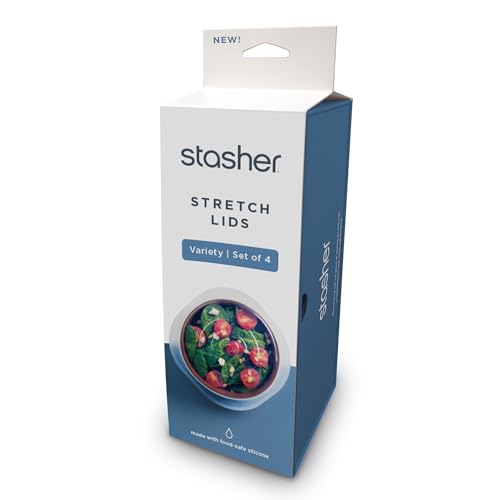
For bowls, I love using stretch silicone lids to form a tight seal to keep food fresher for longer and to prevent spills in my fridge. This set is microwave and dishwasher safe, too, for convenience.
Replacing traditional plastic wrap with silicone food bags and bowl covers is simple, quick, and relatively affordable. Most importantly, however, these more durable kitchen switches to banish microplastics do not contain two common plastics – BPA and PVC – that can often affect our health.
These plastics, Tracee Yablon Brenner, RD, outpatient integrative dietitian project coordinator at Holy Name Medical Center, explains, are known ‘endocrine disruptors that can penetrate food and beverages.’ PVC, especially, is a type of plastic 'typically found in food packaging such as salad dressing containers, foil, plastic cups, trays, and lids,' she adds. ‘PVC releases dangerous chemicals, especially when heated, such as phthalates and dioxins.
‘There is emerging research that the chemicals in plastics are known to disrupt hormones, cause developmental issues, associated with thyroid gland abnormalities and hyperactivity of the thyroid gland, and may increase cancer risk.’
As a result, Tracee also recommends switching to silicone lids, also available at Walmart, instead of plastic wrap.
Is silicone food storage safe?
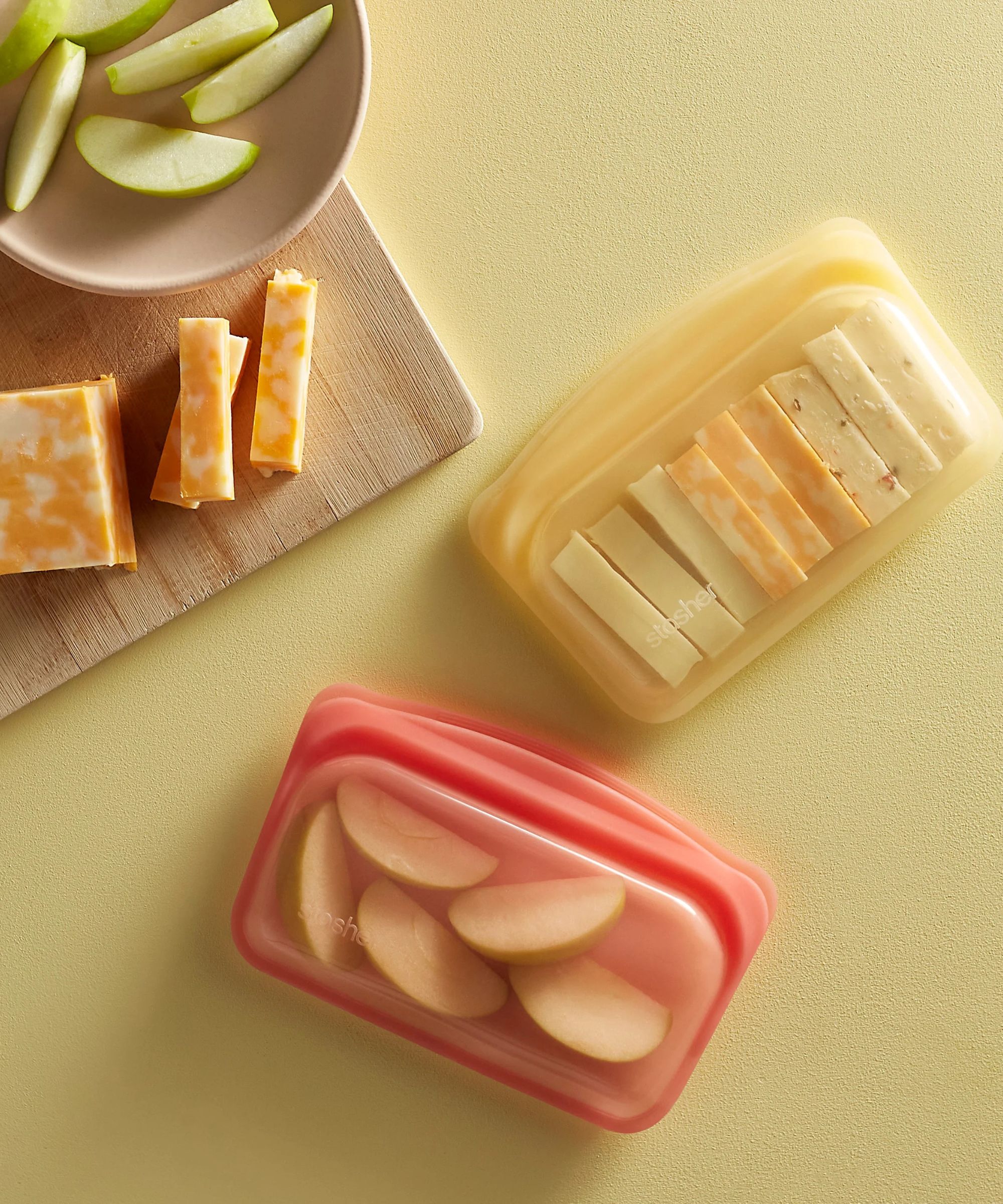
You can’t talk about silicone swaps without addressing the fact that silicone is still classed as a plastic polymer. That being said, silicone has a more durable molecular structure, meaning that it does not release microplastics in the way that other plastic products, such as plastic wrap or plastic food storage, do.
As a result, being careful with your silicone and not exposing it to sharp objects such as knives to prevent cuts and deep scratches makes silicone a safer alternative to traditional plastic storage you should never use in a pantry.
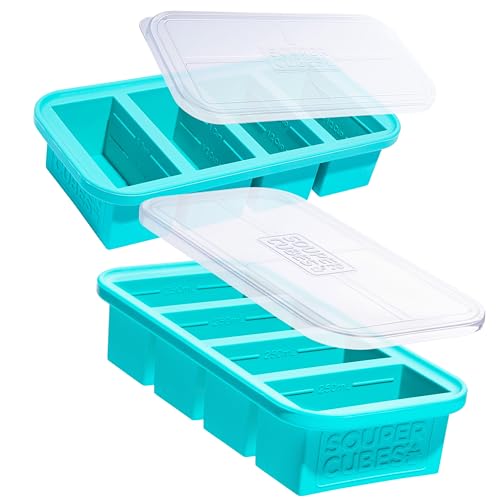
Food-grade silicone storage can also help you level up your meal prep essentials. These Souper Cubes are designed so that each compartment is one portion of soup, broth, or juice - whatever you need to freeze, making reheating meals later a breeze.

Need something smaller, lighter, or less fragile than glass food storage? These silicone food containers are a great alternative. They are perfect for meal prep or taking lunch on the go. They also fold down to make more space in small kitchen storage ideas.

Safe for the dishwasher, microwave, oven (up to 425°F), and more, Stasher reusables make it easy to ditch single-use plastic and meet endless household needs.
FAQs
What is the difference between silicone and food grade silicone?
Food-grade silicone is safer to use at hotter and colder temperatures, staying non-toxic even when subjected to hot food or freezing temperatures. Regular silicone, on the other hand, has not been tested for food applications and may contaminate your food if used for storage or cooking.
Can silicone go in the microwave?
Most food-grade silicone is safe for use in the microwave, although it is best to check the manufacturers instructions first to make sure you specific product is any for heating and does not contain any metal elements such as zips or structural supports, in the case of silicone containers.
Meet the experts
Silicone is not your only option when it comes to safer food storage swaps, there are plenty of non-toxic beeswax products worth swapping in, too.







